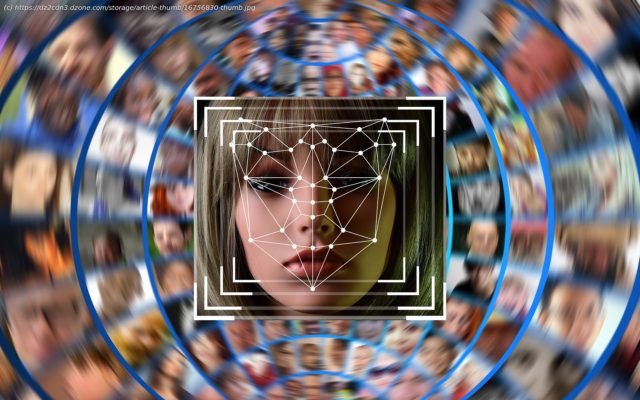Learn how facial recognition and identification works using Python OpenCV, and how it can be implemented.
Rapid development in machine learning and AI technologies have made significant progress in computer vision for object detection and recognition. Yet creating a system that can recognize humor and amusement in people is still a challenging problem for programmers, since comedy and entertainment are subjective and based on personal tastes and cultural context. Thus, it is tricky creating a system that can precisely determine what individuals find amusing or enjoyable.
However, computer vision in facial recognition and identification has made significant progress, widely employed in various applications such as security, surveillance, and biometrics. Facial recognition technology mainly identifies individuals by analyzing and comparing their facial features to a database of known faces. Facial identification involves matching a person’s face to their identity. It employs algorithms to extract face characteristics like the distance between the eyes, nose curves, and the angle of the jawline to generate a distinctive facial signature.Techniques for Facial Recognition and Identification
There are various methods for recognizing and identifying faces, but this tutorial will focus on three techniques and outline their benefits and drawbacks.1. Template-Based Approach
Firstly, the template-based approach compares the facial features of a target face with those in a template or reference image. The template image comprises several facial features, such as the position of the eyes, nose, mouth, and the distances between them. The technique then compares the target face with the template image to determine if there is a match. Eigenfaces is one of the most common template-based methods that uses principal component analysis (PCA) to reduce the dimensionality of facial images and extract the most relevant features.
They are very accurate with high-quality templates
Handles variations in lighting and facial expressions
Requires high-quality templates for accurate results
May be computationally expensive 2. Feature-Based Approach
Secondly, the feature-based technique extracts features from the face, such as the shape of the eyes, the distance between the eyebrows, and the curvature of the lips. The approach then compares these features with those in a database of known faces to identify the target face.






